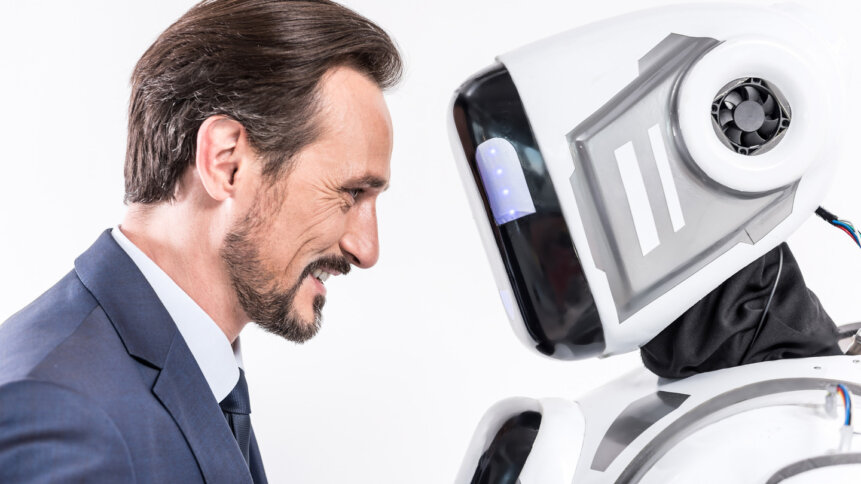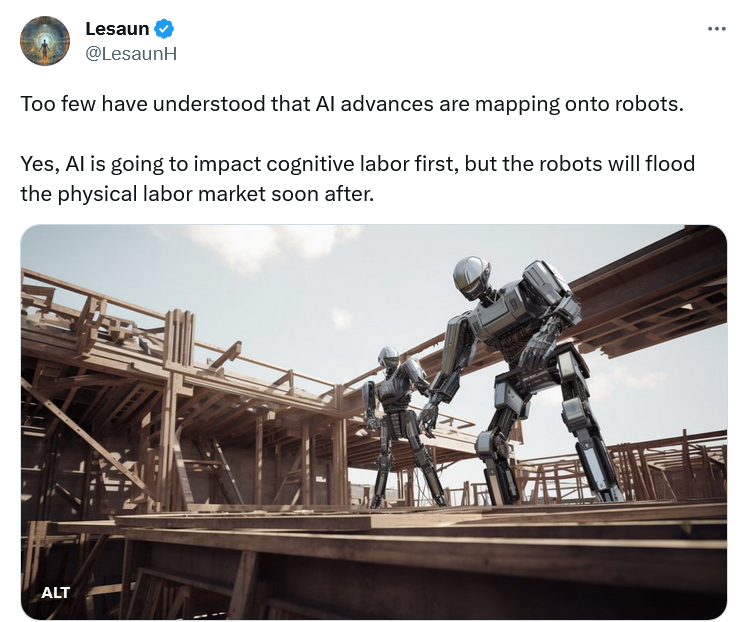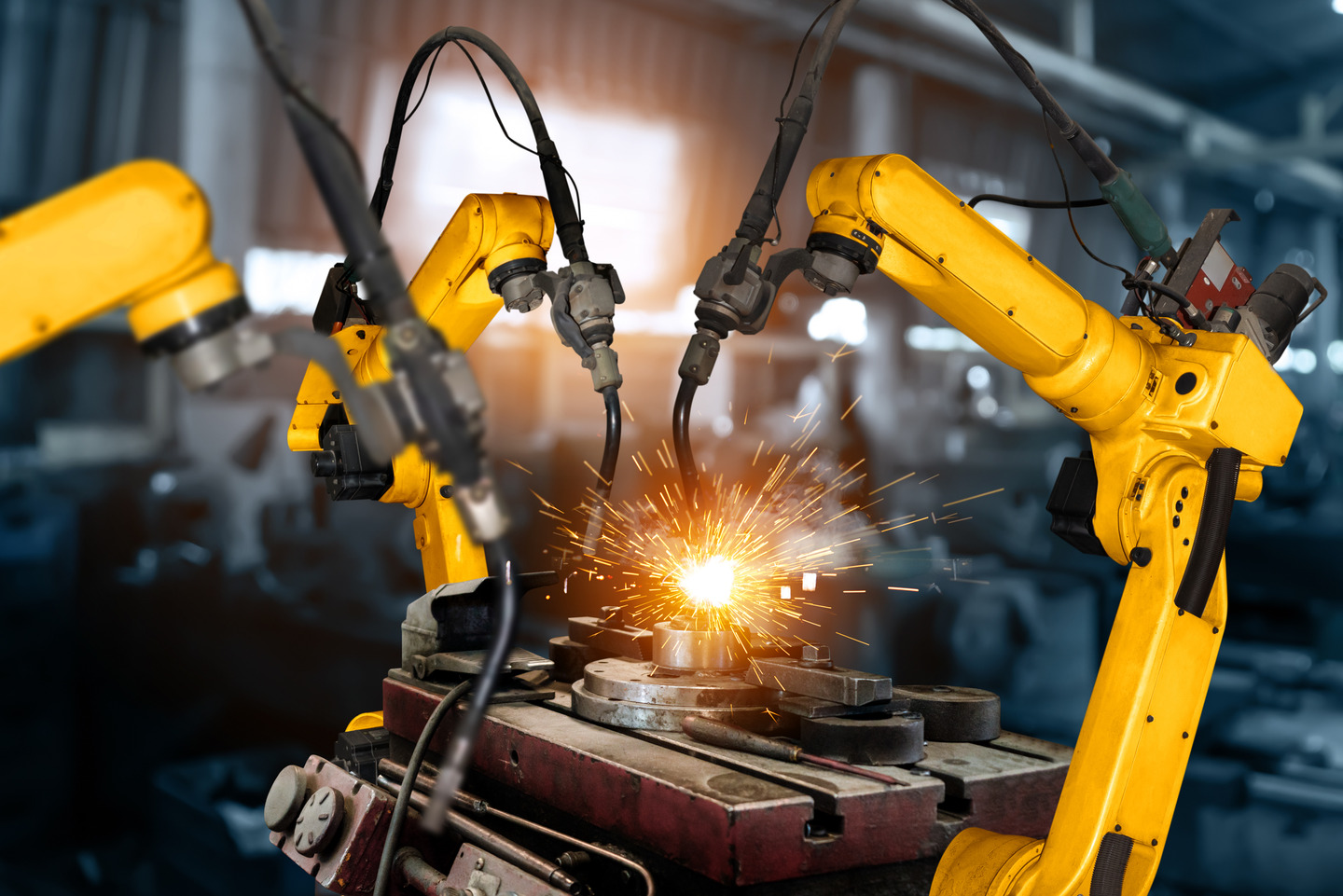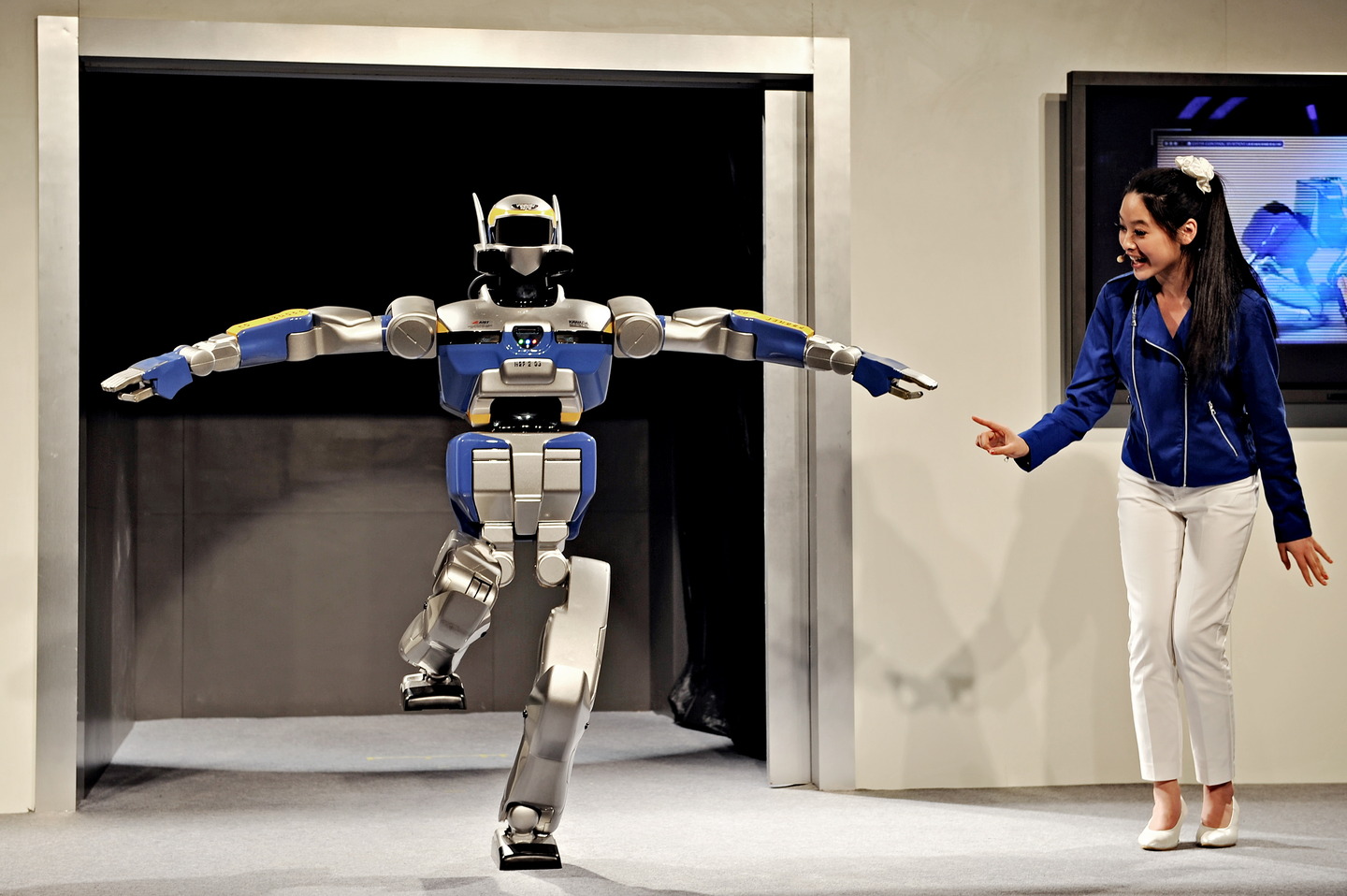“Robot with senses” set to expand into US and Japanese markets

• A cognitive robot – a robot with senses – could bring huge advantages to market.
• Neura Robotics has just secured $55million to expand its cognitive robots into the US and Japan.
• Could the dawn of a new technological age follow shortly?
The notion of a robot with senses has always been a key factor in successful science fiction. A robot that can see, hear, and respond appropriately to touch is a robot which, while not exactly “free” from its programming, can certainly massively expand the range of its functions in a workplace alongside humans.
Congratulations – you lived long enough to become part of science fiction.
The reality of a robot with senses.
The cognitive robot – the robot with senses – are a reality now. Leader of the pack in terms of developing these advanced robots is Neura Robotics, which recently closed a funding round to the tune of $55 million from European investment management company Lingotto.
The technologies of robotics and AI have both suffered a degree of sci-fi-inspired paranoia in the wider world – Robots will rise up and kill us, AI will take over the world. Fill in the specifics according to what frightens you most.
Unfazed by all such creative but unfounded fear, Neura Robotics became the first company in the industry to blend AI with robotics, to leverage the advantages of both.
Just a short while after the company launched, it introduced MAiRA, the world’s first market-ready cognitive robot. MAiRA, short for Multi-sensing Intelligent Robotic Assistant, is capable of attaining full environmental and social perception, and demonstrating autonomous behaviour.
Neura provides a platform to its partners, where the development of applications can be shared. Such applications cover various sectors, from heavy industry to the service sector, even through to a household application. Eat your heart out, George Jetson.
This variation of function is achieved by integrating all essential sensors and components, that are then incorporated with artificial intelligence using a single device. While we’ve all heard about the Metaverse, the rapidly evolving Neuraverse (Yes, really) exists to offer cost-effective automation services, with a flexibility that has previously been unattainable in multi-functional robotics.
David Reger (Founder and CEO of Neura Robotics) says the company has been “working to push the boundaries of innovation in robotics by rethinking the subject with artificial intelligence and a platform approach.” In doing that, the company could be justifiably said to have taken us into a new age of robotics. The age of cognitive robots. Robots with senses.
The point of Neura’s robots is that, while for instance some of Amazon’s robots can receive and respond to some sensory inputs, and some mass manufacturing robots can respond with a touch-judgment to levels of pressure, cognitive robots take the whole state of the art to a new level.
How to give a robot senses.
The Neura robots have sensors that give them the robotic equivalent of “robot senses” – the ability to see, hear, and sense touch. Then those sensors are paired with reflexive sensory processing, giving them an autonomous and predictive capability.
That combination means the Neura robots are particularly well suited to working alongside humans in a range of different societal areas, as well as human-designed settings.
That could lead to significant changes worldwide. In particular, in a world which is waking up to the reality of an extensive shortage of skilled workers, cognitive robots could offer a cost-effective solution.
Yes, we know – robots could be taking our jobs. But arguably, only the jobs of people who currently lack either the skills, the geographic proximity, or the existence to do those jobs.

The robots will steal the jobs…we…don’t have the skills to do…
YOU MIGHT LIKE

What are cobots used for? Robotics trends in 2023
The dystopian nightmare of course would kick in if and when employers reclassified a whole “type” of work as “robot work” rather than “human work.” That said, all industrial revolutions do something similar, replacing whole categories of human labor with robot labor.
From the Spinning Jenny to the automotive manufacturing robot, to the Amazon warehouses full of various categories of robot with only a little human supervision, fundamental waves of change will put significant classes of human labor extinct by virtue of relative inefficiency.

The great-grandaddy of the cognitive robot…
The robot with senses is likely to be fundamentally no different – it’s just that having “robot senses” makes the probable displacement of human workers feel somehow more personal, an intellectual “uncanny valley” of anthropomorphic resentment.
The arms race of robots with senses.
While we will now probably begin an arms race of cognitive robots that are capable of working alongside human beings, the question will be whether we as human beings will ever be comfortable working alongside cognitive robots.
Right now, Neura Robotics is at the heart of the convergence between hardware development and AI, with Europe and Germany in particular holding a significant advantage in those fields. The recent funding round for Neura only promotes both its own, and Europe’s, strength in the field of cognitive robotics.
In recent years, the introduction of cognitive capabilities and innovative robotic automation into the industrial and services world has been delayed. But with a proven model from which to work, and to expand its lead over some potential competitors, and with a hefty financial boost thanks to the latest funding round, Neura looks set to drive progress in the field around the world.
As with OpenAI and its sudden launch of ChatGPT on the world back in October, 2022, it’s entirely possible that Neura will soon become the must-know name in cognitive robotics, simply by virtue of getting products out there ahead of the competition.
In particular, the company has its sights set on the US and Japan, and certainly, Japan has a significantly higher cultural acceptance of the role of robots than the US or Europe has traditionally had. With a brand new $55 million in its pocket, and an order book already in excess of $450 million, Neura is in a good place to bring about the dawn of the age of cognitive robots.

Japan has always been more culturally comfortable with robots. Source: AFP Photo/Philippe Lopez
Doubtless the Googlebot and the Microbot will follow closely in Neura’s wake.









